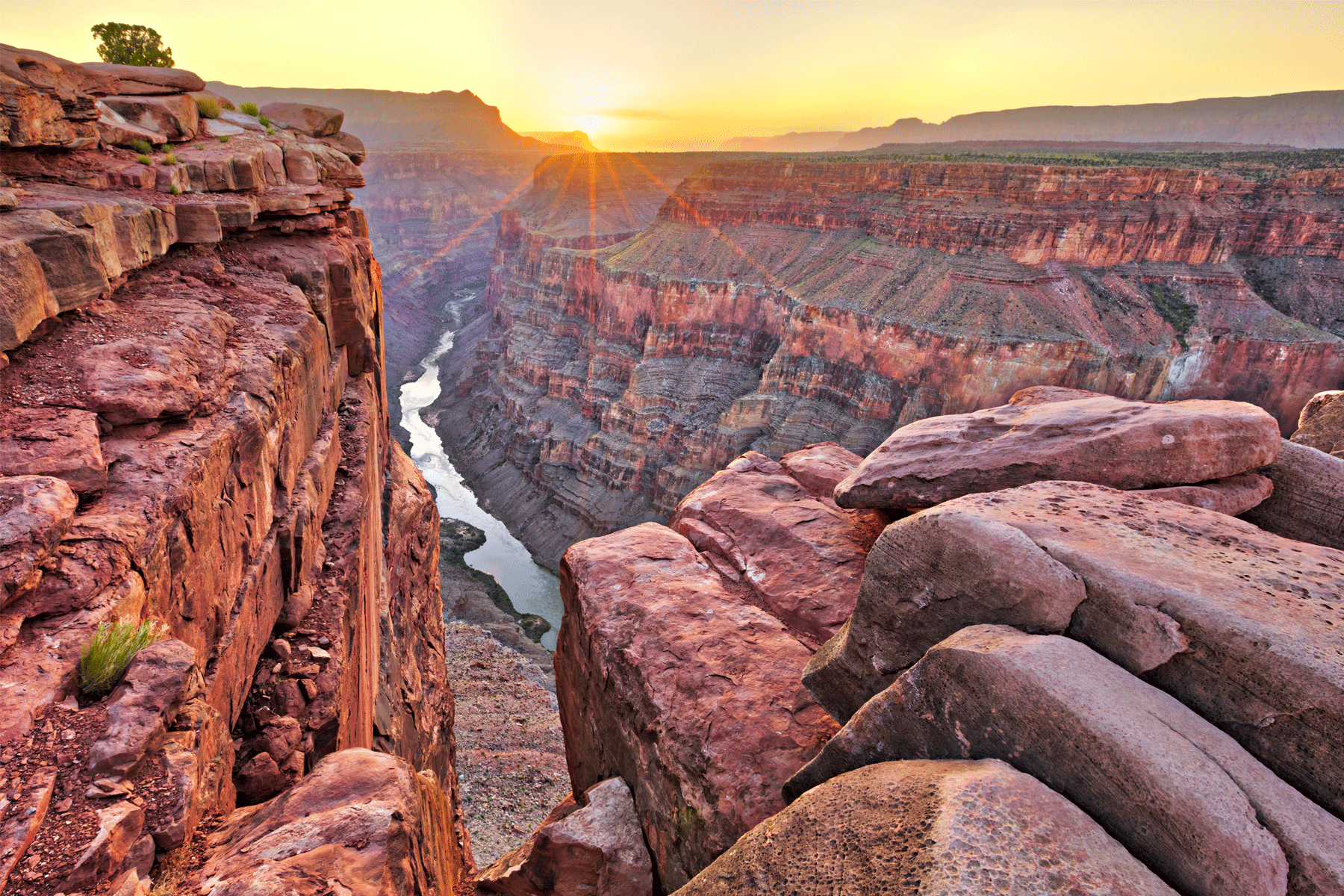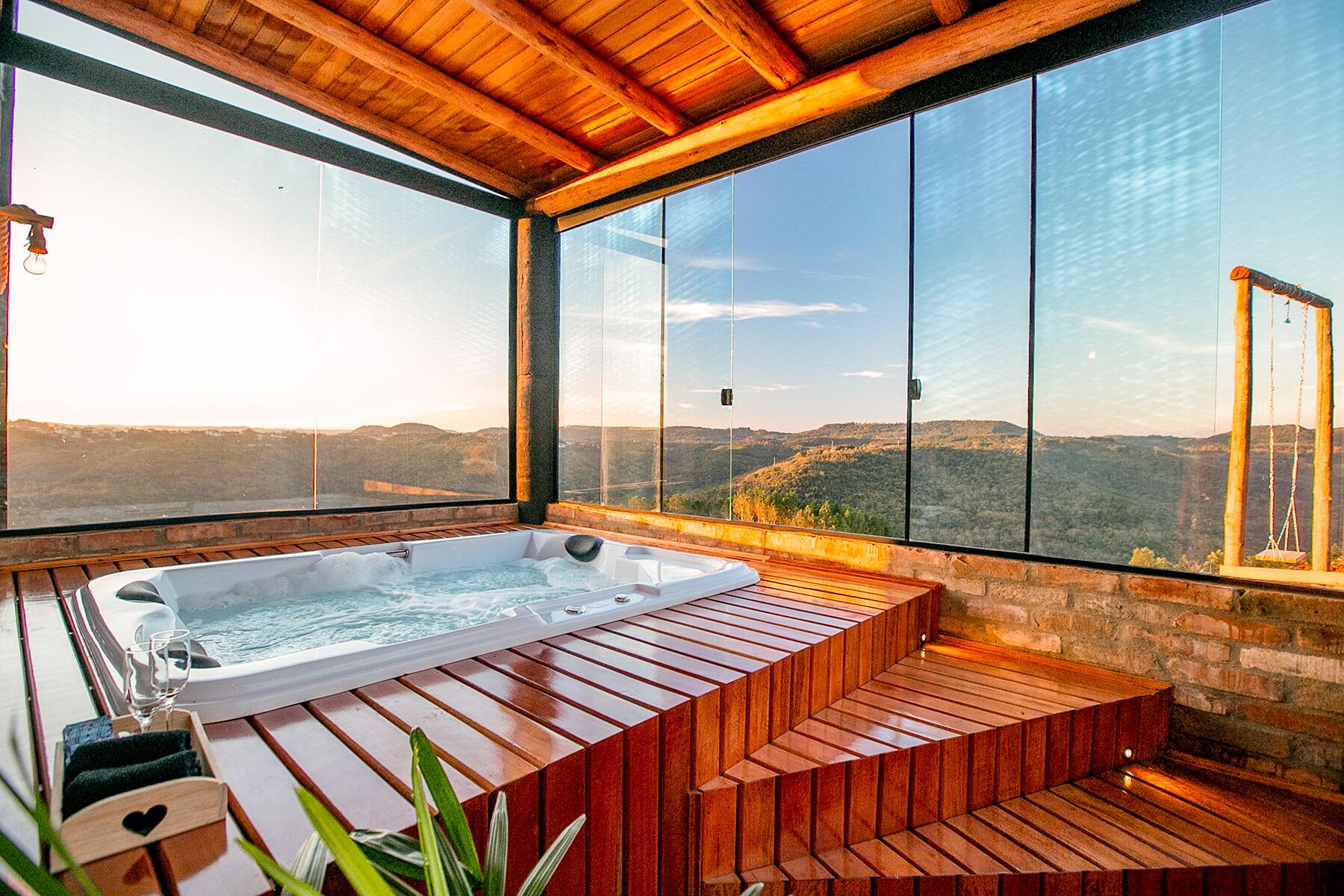If an area is radioactive, it is generally considered polite to let the public know about it.
If you thought the only dangerous aspect of Grand Canyon National Park was the fact that it is a gigantic hole in the ground that you could fall into–think again. There is a new danger. Or, least, there was a new danger–a secret one.
What is happening?
If you’ve visited the Grand Canyon at some point in the past two decades, there’s a chance you could have been exposed to radiation. The Arizona Republic reports that between the year 2000 and 2018, three 5-gallon paint buckets located in the national park’s museum collection building were filled with uranium ore–one of them all the way to the brim. This is an area frequently visited by tourists, including children on tours who frequently stopped for 30-minute presentations near the buckets. The radioactive material was stored next to a taxidermy exhibit.
What could have happened to you, had you visited?
Young visitors might have received dosages exceeding federal safety standards in only three seconds of being exposed to it. For adults, dangerous exposure would have in under a minute. According to the source who exposed the incident, that means over 400 times the safety limit for adults and about 4,000 times the limit for children.

What are they doing about this?
An investigation is ongoing–the Occupational Safety and Health Administration and the Arizona Department of Health Services are working with the park to uncover all the details. At this time, the Grand Canyon’s public affairs specialist, Emily Davis, assures that the only radiation uncovered in a recent health review of the particular building was background radiation–which is completely natural (and safe). She refused to comment on the allegations that a large number of people may have been exposed to unsafe levels.
Recommended Fodor’s Video
Who discovered this?
The controversy was exposed in a rogue email by the safety, health, and wellness manager at the Grand Canyon’s Park Service–a man named Elston “Swede” Stephenson, who describes the whole incident as a cover-up and a “top management failure.” According to the Arizona Republic, Stephenson claimed he had been asking executives to tell the public about this for a long time (but was brushed off), and wrote in the email, “If you were in the Museum Collections Building (2C) between the year 2000 and June 18, 2018, you were ‘exposed’ to uranium by OSHA’s definition. The radiation readings, at first blush, exceeds (sic) the Nuclear Regulatory Commission’s safe limits … Identifying who was exposed, and your exposure level, gets tricky and is our next important task.”
Although Stephenson was the main whistleblower in this situation, the buckets were originally found by the teenage son of another park employee, who brought a Geiger counter into the room in question. Apparently, when he discovered the buckets of uranium ore, employees moved them–but that’s it.
Why were there just… buckets of uranium ore sitting around?
The Grand Canyon is home to several uranium mines, although they are not used–in 2012, a 20-year mining ban went into effect. That said, however, the actual answer is currently unknown. The only thing we know at this point is that the buckets were originally in the basement (for some reason) before they were moved to the location near the taxidermy exhibit.
Can you still go there? Should you still go there?
There is no current danger to the public, as the uranium has been removed. So, yes–you can still go there. The building is open, and according to Davis, there “is no current risk to the park employees or public.”
I’m a person who actually likes visiting radioactive travel sites, but would prefer I knew about them being radioactive ahead of time. Where can I go to do this?
Well, extremely specific type of traveler, you certainly have nuclear tourism options. Although all of them are notorious for horrible situations, many of these sites give tourists the opportunity to learn more about the disasters that occurred at them. The worst nuclear disaster in history happened at Chernobyl, which is now a tourist attraction offering guided tours. There are also plenty of former nuclear bunkers and shelters open for tours, as well.



